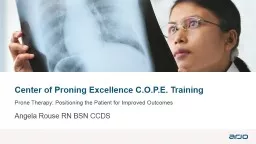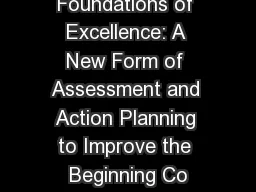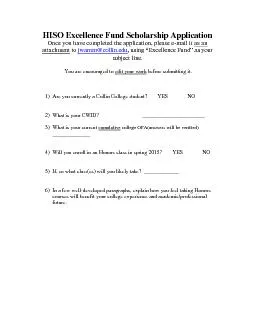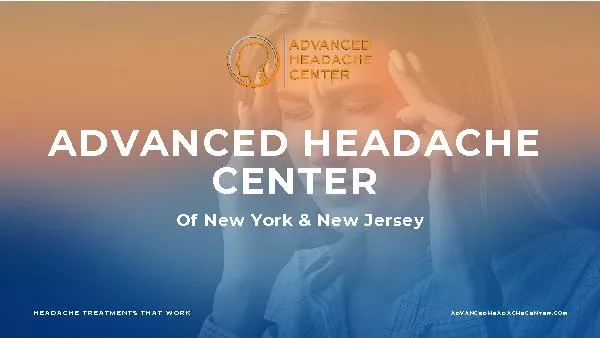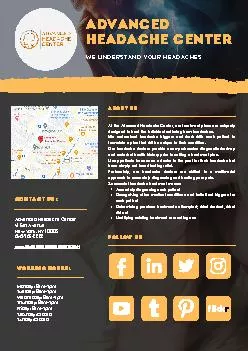PPT-Center of Proning Excellence C.O.P.E. Training
Author : celsa-spraggs | Published Date : 2020-04-04
Prone Therapy Positioning the Patient for Improved Outcomes Angela Rouse RN BSN CCDS Arjo products have specific indications contraindications safety information
Presentation Embed Code
Download Presentation
Download Presentation The PPT/PDF document " Center of Proning Excellence C.O.P.E..." is the property of its rightful owner. Permission is granted to download and print the materials on this website for personal, non-commercial use only, and to display it on your personal computer provided you do not modify the materials and that you retain all copyright notices contained in the materials. By downloading content from our website, you accept the terms of this agreement.
Center of Proning Excellence C.O.P.E. Training: Transcript
Download Rules Of Document
" Center of Proning Excellence C.O.P.E. Training"The content belongs to its owner. You may download and print it for personal use, without modification, and keep all copyright notices. By downloading, you agree to these terms.
Related Documents

